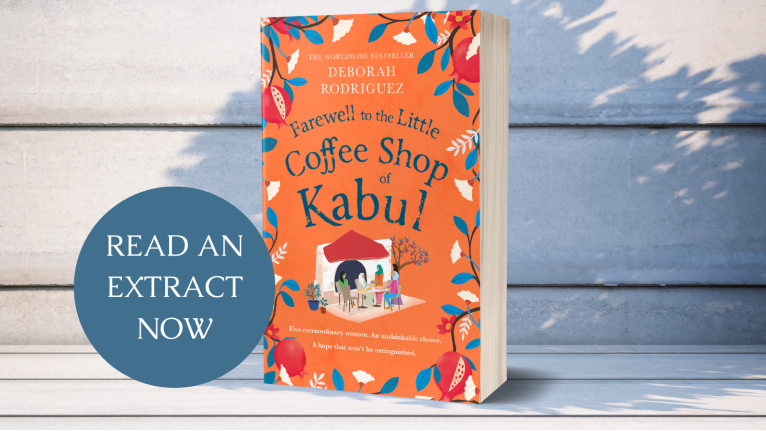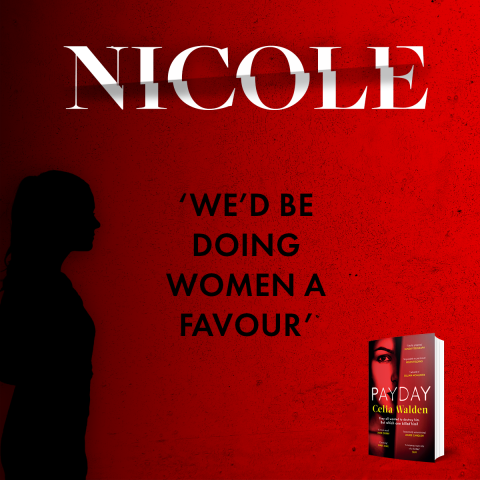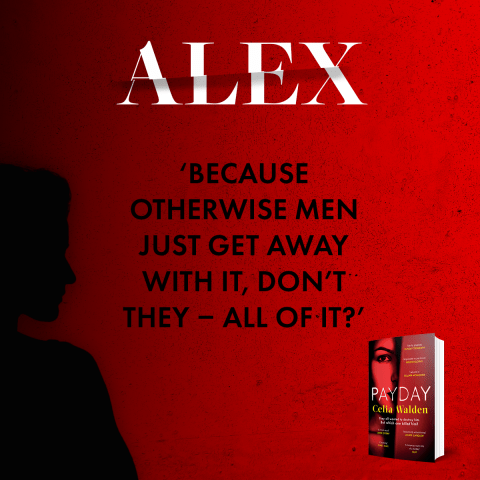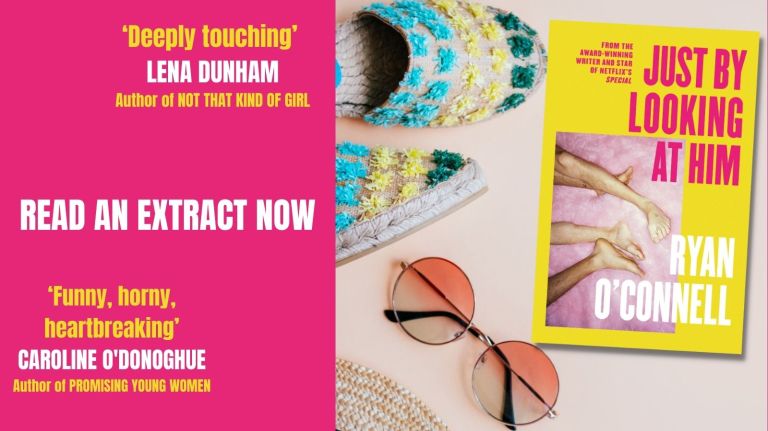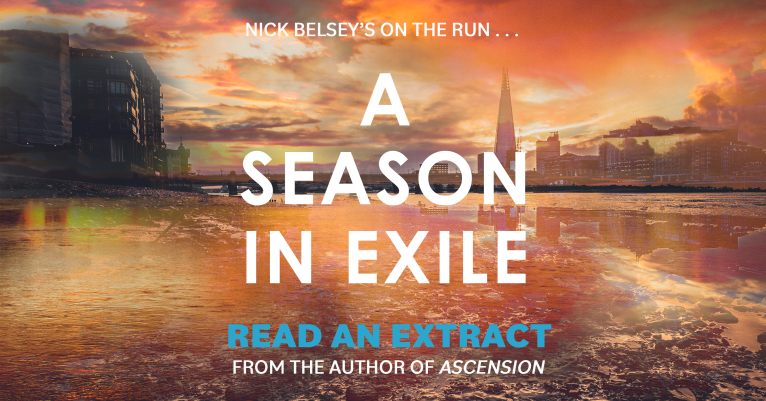Read an extract from The Anniversary
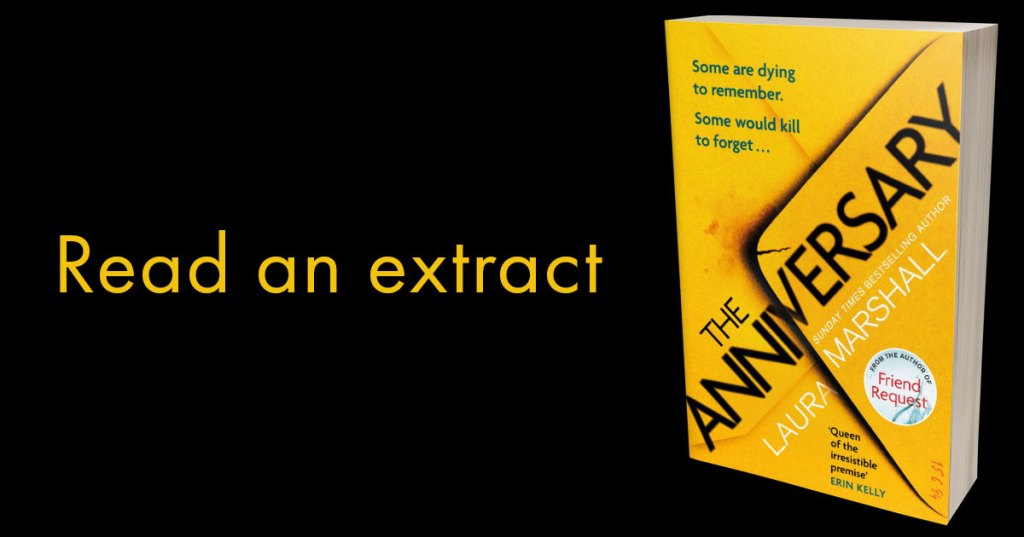
Read an extract from bestselling author, Laura Marshall’s new thriller, The Anniversary.
It’s the most innocuous of questions, but it makes my insides shrivel, curdling them like sour milk: Where did you grow up? If the person asking is under the age of forty, it’s not so bad. Sometimes there’s a flutter in their eyes, a brief microsecond of recognition – they know there’s something significant about my home town, but they can’t recall what it is. That’s OK. But if they’re older – ten years or more older than me – they’ll wince and in an instant it’s there between us, as if another person has joined the conversation. Only it’s not a person, it’s a place: Hartstead.
Sometimes – and these are the times I prefer – they won’t say anything; they’ll simply move the conversa- tion on to safer ground. What I hate is when they say, Hartstead? Oh, God, I remember that day so well. I know exactly where I was when I heard the news. If they’re around forty years old, it’s often the first news item they recall with any clarity. They would have been in their mid-teens, beginning to engage with the world, to understand that what was happening out there could affect them. I was frightened to go out for ages afterwards, a woman at a party once said to me. Me and my friends were obsessed with it. This I can cope with. I nod and smile, and say I was very young, keeping my fingers tightly crossed behind my back, hoping they don’t probe me any further about it. Where I struggle is when someone goes further and says, What about that terrible story? Of the last one before he . . . you know. It happened right in front of his wife and daughter; she was only about four years old. I do my best to arrange my features into a semblance of calm and say, Yes, of course, but it was a long time ago and our town has moved on. It’s no longer defined by a tragedy that took place twenty-five years ago.
This, of course, is a lie. How could we not be defined by it, when it’s all the general public remember about us? There’s nothing else memorable about Hartstead. If it weren’t for what happened here on the 15th June 1994, nobody would have heard of the place. It doesn’t have a cathedral like nearby Salisbury, or the coast. It doesn’t even have any boutiquey little shops selling handmade pepper pots and bottle-openers shaped like otters. There’s a Tesco Metro, a small W.H. Smith’s and all the other faceless shops you would expect to find on the high street of a run-of-the-mill small town in the south of England. The only thing it has that you won’t find in other towns is the memorial plaque in St Thomas’s church: a sombre, discreet brass plate with the names of the eleven victims engraved on it. It doesn’t list the other casualties, though – the witnesses, and those left behind. There was talk at the time of something bigger – a community hall, or a memorial park – but those plans were swiftly shelved. It turned out the residents of Hartstead didn’t want a daily reminder of the worst day of their lives, and it seemed futile to attempt to build something positive out of a tragedy in which no light could ever be found.
That can be the end of it and the conversation moves on; but, other times, a shadow falls over their face and they say, I’m sorry, you didn’t . . . lose anyone yourself, did you? They slacken in relief when I say no. But I am lying again. I lost everything the day Travis Green took a semi-automatic rifle and made his way around our town, indiscriminately pulling the trigger. The man they all remember, the very last person to be killed, was my father. The wife that looked on in horror was my mother. The child, clinging to her, distraught and blood- spattered, was me.
SOUTHERN GAZETTE
Friday 17th June 1994
TOWN IN MOURNING AS ELEVEN SHOT DEAD
ELEVEN PEOPLE WERE KILLED on Wednesday when 38- year-old Travis Green took a semi-automatic rifle and rampaged around his home town of Hartstead, before turning the gun on himself. The community has been rocked by the tragedy, and police and Social Services are working around the clock to sup- port the families of the victims and other residents who watched the terrible events unfold.
The gunman’s first victims were husband and wife Peter and Jane Frogmore, both aged 82, shot in their garden. The couple lived next door to the gunman, and were said to have had a civil, neighbourly relationship with him. They were due to celebrate their diamond wedding anniversary later this year.
Another married couple, Richard and Sheila Delaney, aged 45 and 43, were next in the firing line, killed on the pavement outside their house as they left for a shopping trip, followed by 54-year-old Graham Mooney, a driving instructor, mown down as he waited for a client. The gunman continued his rampage, shooting dead David Wilkes, 42, an estate agent, and 19-year- old Manisha Mehta, killed outside her parents’ hotel where she worked part-time.
Travis Green then moved on to the high street, the news of the massacre not yet having spread. He killed Suzanne Persimmon.
a 28-year-old case worker at the Citizens Advice Bureau, and Melissa Bradshaw, also 28, solicitor at a small law firm. At the end of the high street, he turned onto the recreation ground and shot a pensioner walking her dog, Maureen Featherstone, 65.
The gunman’s last victim was 39-year-old Gary Colman, shot dead in his home in front of his wife, Sylvia, and their 4- year-old daughter.
As the police closed in, the gunman placed the gun in his own mouth and ended his reign of terror.
Neighbours of Travis Green described him as a loner. One, who preferred not to be named, said he had worked as a care- taker at St Margaret’s High School in Hartstead until recently. ‘He was asked to leave,’ the source said. ‘No one knew why, but he hasn’t worked since.’ Another local resident, who also chose not to be identified, said that Green was a regular in the Lamb and Flag on Hartstead High Street. He often drank with Dennis Glover, a local farmer said to be his only friend. Mr Glover has so far been unavailable for comment.
Hartstead residents are left shell-shocked by the traumatic events, and have been laying flowers and tributes at the sites of each murder. Teenager Hilary Masters, a schoolfriend of Manisha Mehta, laid a wreath and a card outside the hotel. ‘It’s just so awful,’ she said, choking back tears. ‘I can’t believe what’s happened. I feel so terrible. Manisha was supposed to be going to Cambridge. She had her whole life ahead of her.’
Outside the house of the last victim, Gary Colman, flowers are piling up too. The Colmans’ next-door neighbour, Doreen Flitwick, told our reporter that the little girl was ‘screaming and crying, soaked in blood’ when the police arrived.
Green is survived by his wife Elaine and son Paul, 13. Sources close to the family suggest Mrs Green is being cared for at a psychiatric hospital and Paul has been taken into temporary foster care. Neighbours said she had always been polite but kept herself to herself. Paul was described as being a quiet boy with few friends, who spends a lot of time up at the disused quarry on the Farnwood Estate, the grounds of a stately home close to the town. It has been closed to the public since 15-year-old Adam Groundswell died there four years ago after experimenting with drugs and falling into the pit.


